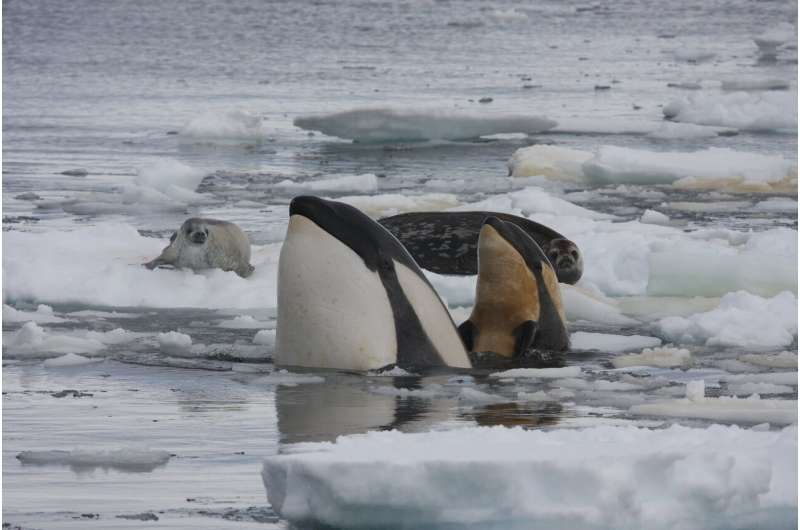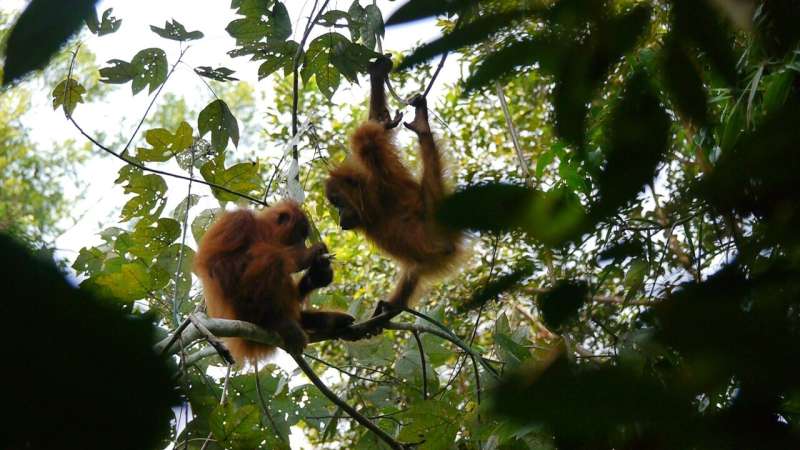Animals' cultural lifestyles can influence evolution

Evolutionary adaptations resulting from cultural change, such as humans being able to consume dairy products, are more widespread in nature than previously thought.
A new review, published in Nature Communications today, suggests that such effects, already well established in humans, can be seen far more widely.
Many animal species show evolutionary changes which have been promoted by the introduction, and cultural spread, of new behaviors, with perhaps the most famous example being that the rise of dairy farming in humans. Dairy farming brought about a genetic change which allowed some human beings to digest milk, a change not seen in non-dairy cultures.
Similarly, drinking alcohol or eating starchy agricultural foods led to natural selection favoring gene variations that help humans to metabolize these novel dietary elements.
Such "gene-culture co-evolution" had been thought to be unique to our species because of the exceptional role of culture in shaping human behavior.
However, the same effect can be seen in many other animal species such as the killer whale. Different clans of killer whale have adapted jaws and digestive systems to cope with very different prey species. Each group has preferred different prey with individuals learning these dietary preferences from older group members. This means killer whales may currently be evolving into multiple separate species because of their cultural differences.

Other changes may result in the evolution of a larger brain to permit deeper forms of learning from others. For example, orangutans from Sumatra, where cultural variations are greater, are cleverer and have bigger brains than those on Borneo.
Professor Andrew Whiten, of the School of Psychology and Neuroscience at the University of St Andrews, said: "There is even evidence that the cultural traditions of one species can drive the evolution of another.
"Reed warblers, for instance, learn to recognize cuckoos as brood parasites by attending to the alarm calls of other birds, a knock-on consequence of which is that natural selection favors cuckoos with unusual plumage patterns."
After reviewing the evidence for a wide range of evolutionary effects across a broad array of species, especially birds, cetaceans (whales and dolphins) and primates, the authors of the new study conclude that the study of gene-culture coevolution may be in its infancy, but sufficient evidence now exists for it to shed new light on evolution.
More information: Hal Whitehead et al. The reach of gene–culture coevolution in animals, Nature Communications (2019). DOI: 10.1038/s41467-019-10293-y
Journal information: Nature Communications
Provided by University of St Andrews















